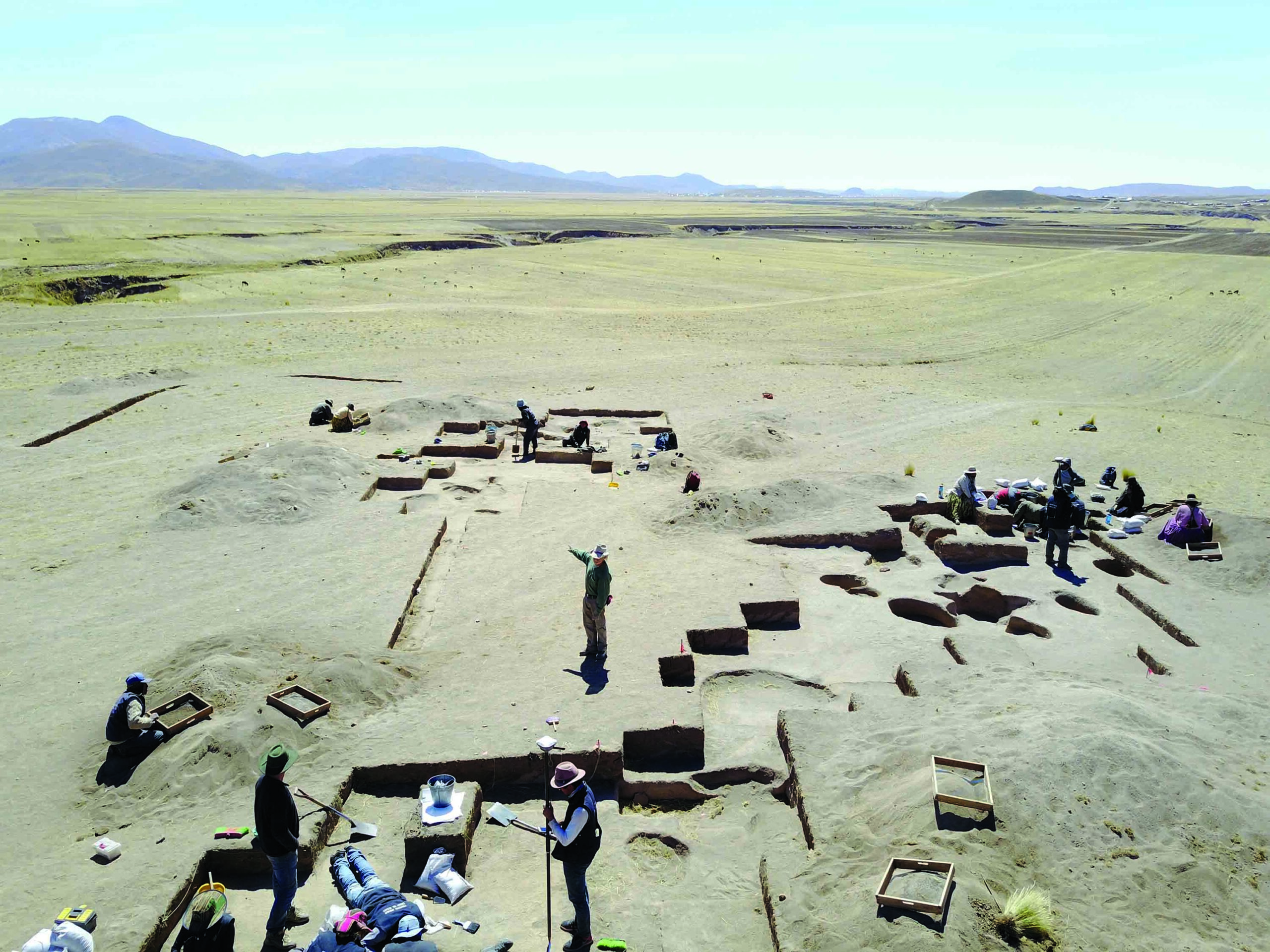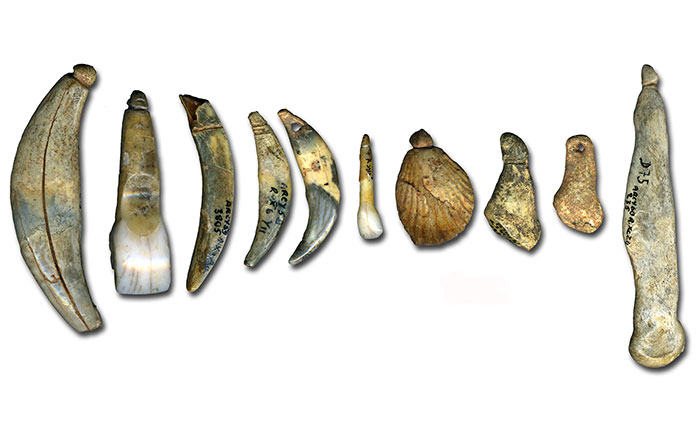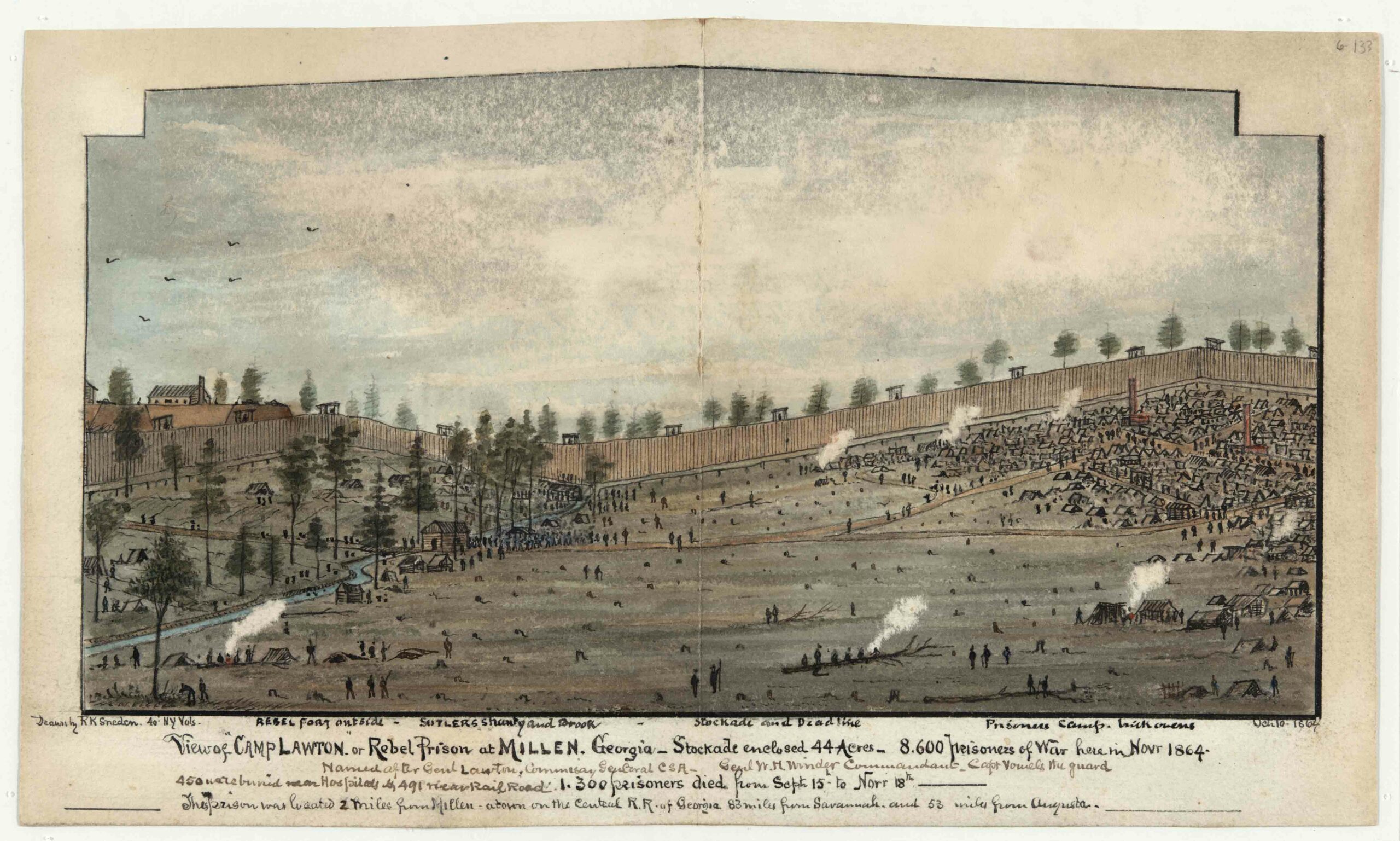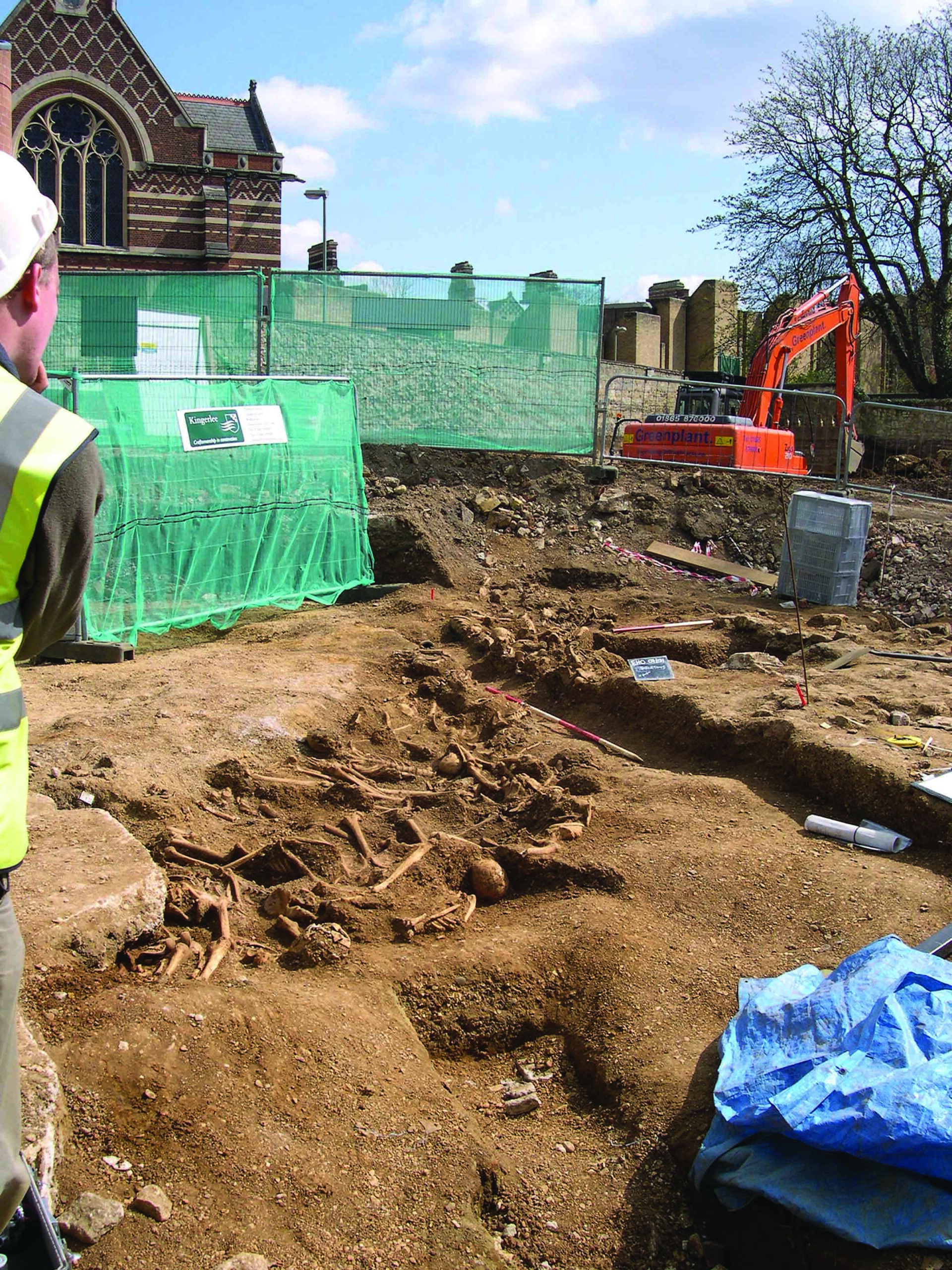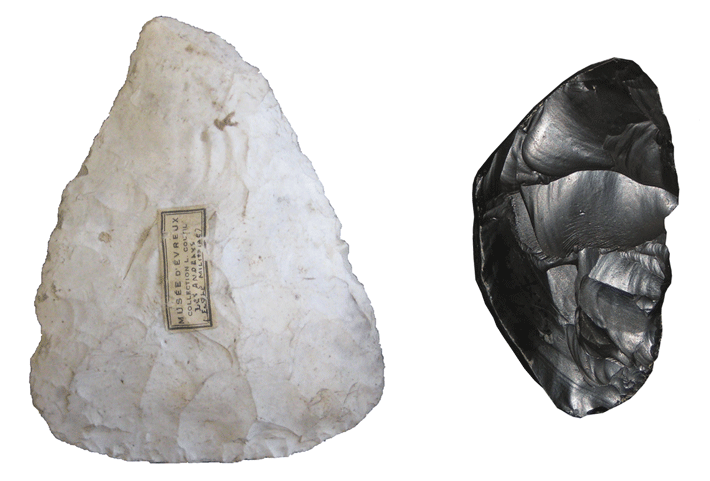
Neanderthals seem to have produced a remarkably consistent set of stone tools for hundreds of thousands of years. Two new studies suggest that this presumed lack of diversity and innovation might not be the whole story.
Karen Ruebens, an archaeologist at the University of Southampton, analyzed more than 1,300 stone tools from European Neanderthal sites dated to between 115,000 and 35,000 years ago. She found that they belong to at least two distinct tool-making traditions. West of the Rhine River, Neanderthal hand axes are oval or roughly triangular, while to the east, they are rounded on one edge and flat on the other. Near the Rhine, the traditions seem to overlap, as if two cultures were sharing their techniques.
A separate study, led by Marie Soressi at Leiden University, shows that Neanderthals also may have taught our Homo sapiens ancestors a thing or two. Soressi’s analysis shows that Neanderthals were using bone tools called lissoirs to process animal hides several thousand years before the first modern humans arrived in Europe and started making the same type of tool. While it has long been thought that H. sapiens were the progenitors of the practice, Neanderthals may actually have been more creative in their tool-making than was previously thought.



